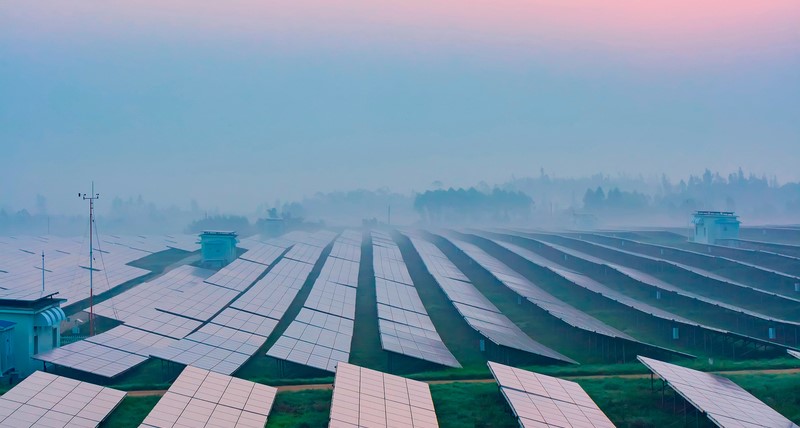CO2 has been a very hot topic for a few years now mainly due to its relation to climate change and also government policy. Leaving this aside, controlling and monitoring indoor levels of carbon dioxide inside building is important for everyone to consider for safety, health and even energy efficiency. Here are 5 reasons why you should by all means measure the CO2 levels in your space.
1: CO2 can increase very quickly in poorly ventilated rooms
Levels of CO2 can increase very rapidly in a poorly ventilated office. For instance, in a 3.5 by 4 metre sized space with a single person, CO2 can increase from 500 ppm to over 1000 ppm in only 45 minutes of ventilation cessation.
2: Elevated CO2 levels directly affect human cognition
According to a recent study from the Harvard School of Public Health found that carbon dioxide has a direct, negative effect on human decision-making and cognition. These impacts were observed at CO2 levels that most people and their children are frequently exposed to nowadays inside classrooms, offices and homes.
3: Carbon dioxide can kill you
Outside air has usually a CO2 concentration of about 400 ppm and a human breath contains about 30,000 ppm. Carbon dioxide concentrations of more than 20,000 ppm can cause panting. Concentrations above 100,000 ppm of CO2 will cause loss of consciousness and tremors. Values greater than 250,000 ppm have the potential to lead to death. Carbon dioxide could be hazardous in 1 of 2 ways: by displacing oxygen in the bloodstream or when acting as a toxin.
4: Carbon dioxide can decrease productivity
In the classroom or office, elevated levels of carbon dioxide, in the range between 1,000 ppm and 2,500 ppm, were found to increase headaches, decrease information utilisation, decrease performance in general and increase rates of absenteeism.
5: Monitoring carbon dioxide for energy efficiency
Over the last few years a number of facility managers are turning towards monitoring carbon dioxide for DCV, or Demand Controlled Ventilation. Ventilation units automatically set air intake under the assumption of maximum office occupancy rate. This applies equally to offices, rooms and classrooms. Occupancy is however frequently intermittent and unpredictable, thus leading to energy inefficiencies through over-ventilation. Monitoring carbon dioxide levels and automating ventilation to intake air at previously predefined CO2 levels of, let’s say 800 ppm, will lead to ventilation only when actually needed. A recent study found that measuring CO2 for DCV saved between 5% and 80% on energy costs compared to a fixed ventilation strategy.
How much CO2 is too much?
Current ventilation guidelines suggest indoor CO2 levels should not exceed the local outdoor concentration by more than approximately 650 ppm. Good practice states that the ASHRAE Standard 62.1 target carbon dioxide level in indoor air is approximately 1030 ppm.
Carbon dioxide (CO2) is one of the greenhouse gases. A growing CO2 content in the atmosphere contributes to the warming of the earth. You can read about the effects this can have on the climate and the weather in the related article on the increasing number of natural disasters.



